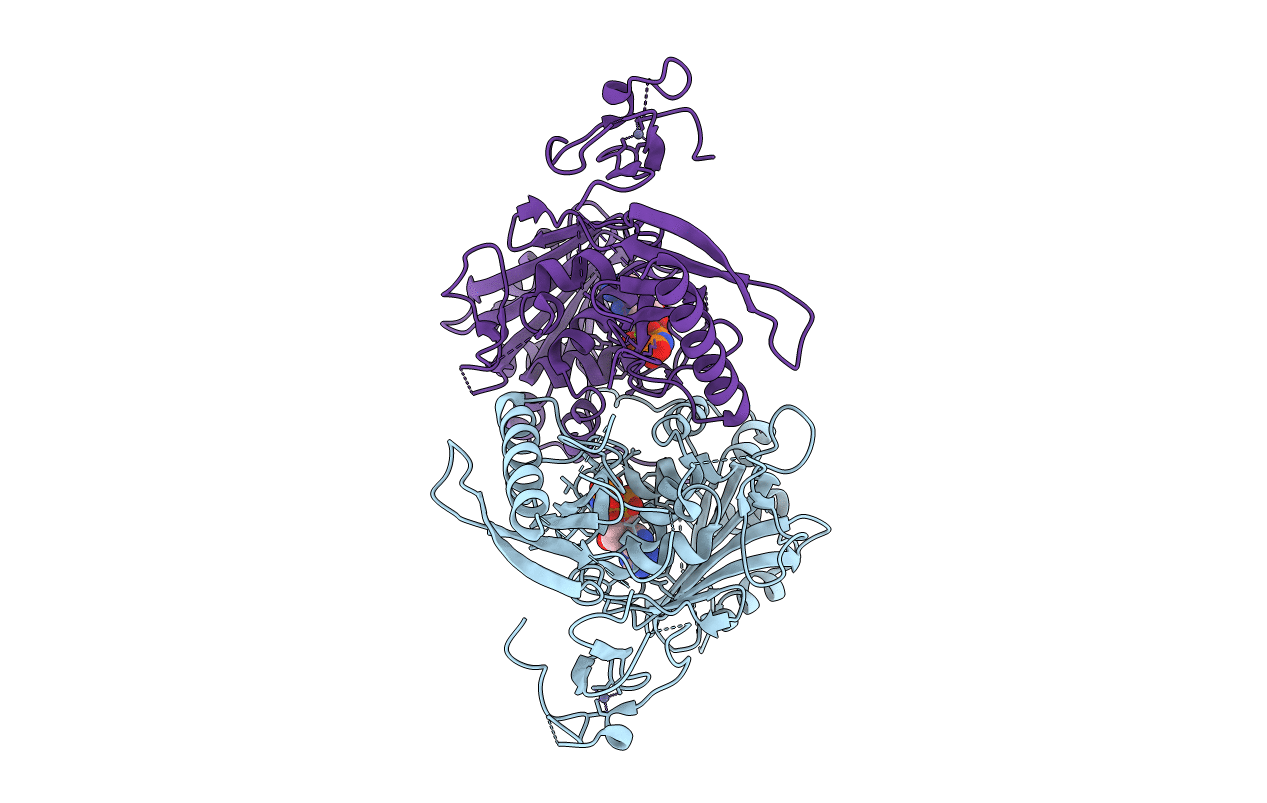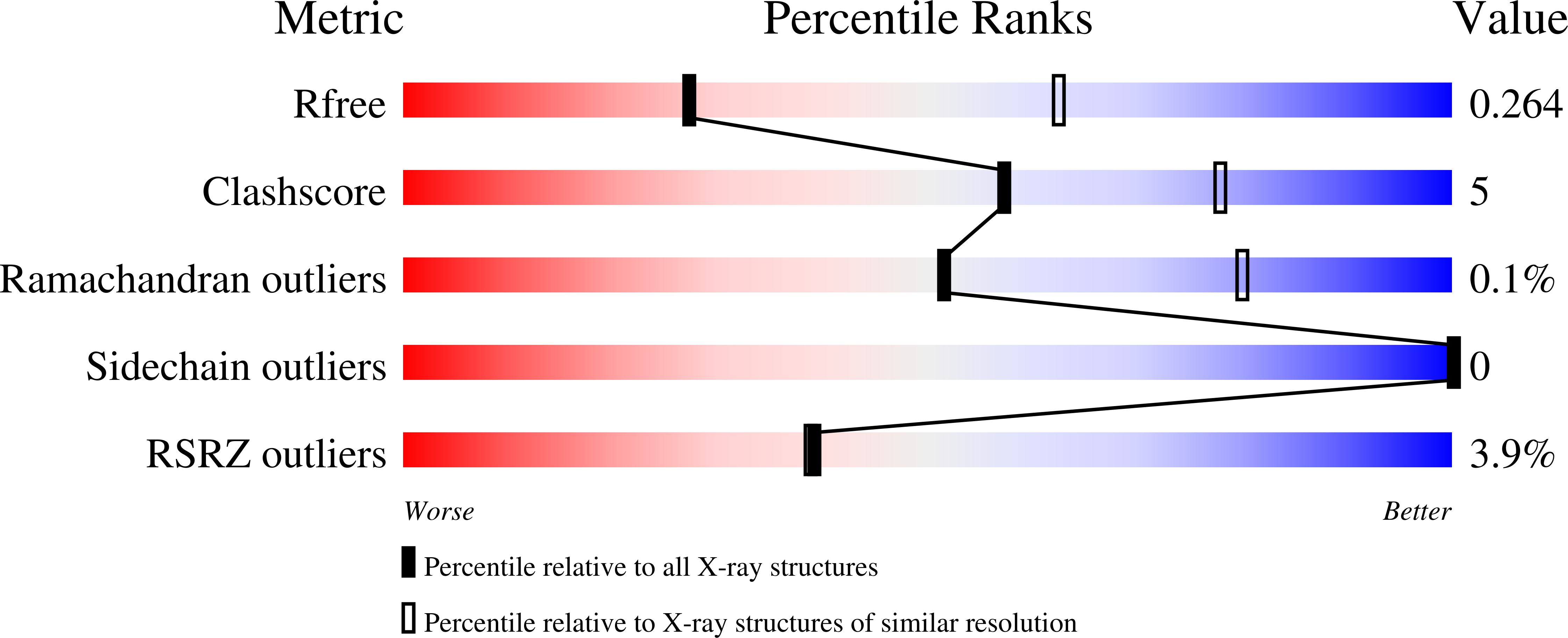
Deposition Date
2020-09-24
Release Date
2020-11-11
Last Version Date
2023-10-18
Entry Detail
PDB ID:
7K7T
Keywords:
Title:
Crystal structure of human MORC4 ATPase-CW in complex with AMPPNP
Biological Source:
Source Organism:
Homo sapiens (Taxon ID: 9606)
Host Organism:
Method Details:
Experimental Method:
Resolution:
2.94 Å
R-Value Free:
0.26
R-Value Work:
0.23
R-Value Observed:
0.23
Space Group:
P 1 21 1


